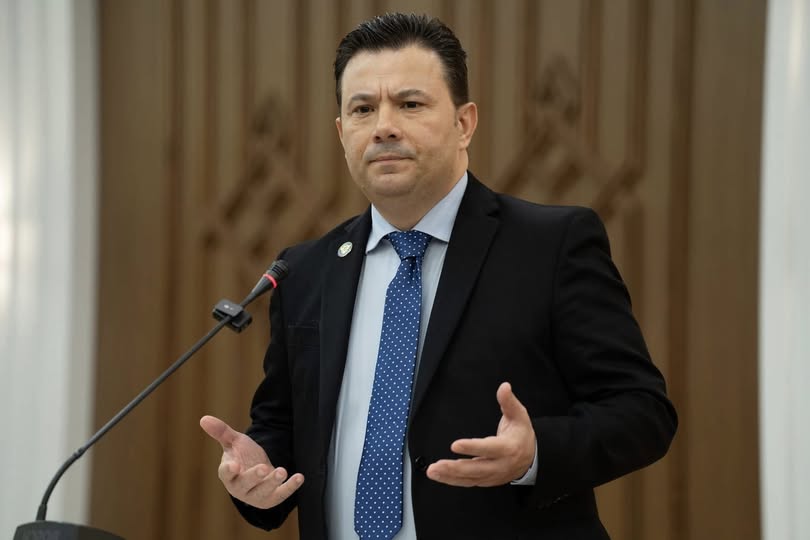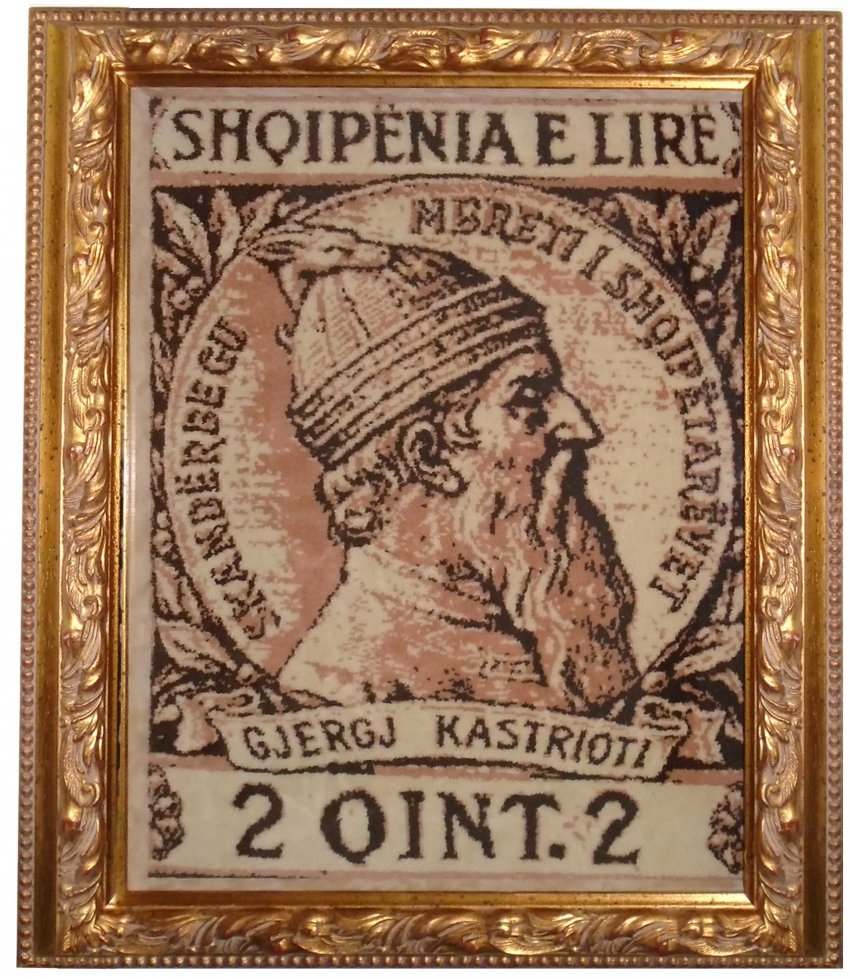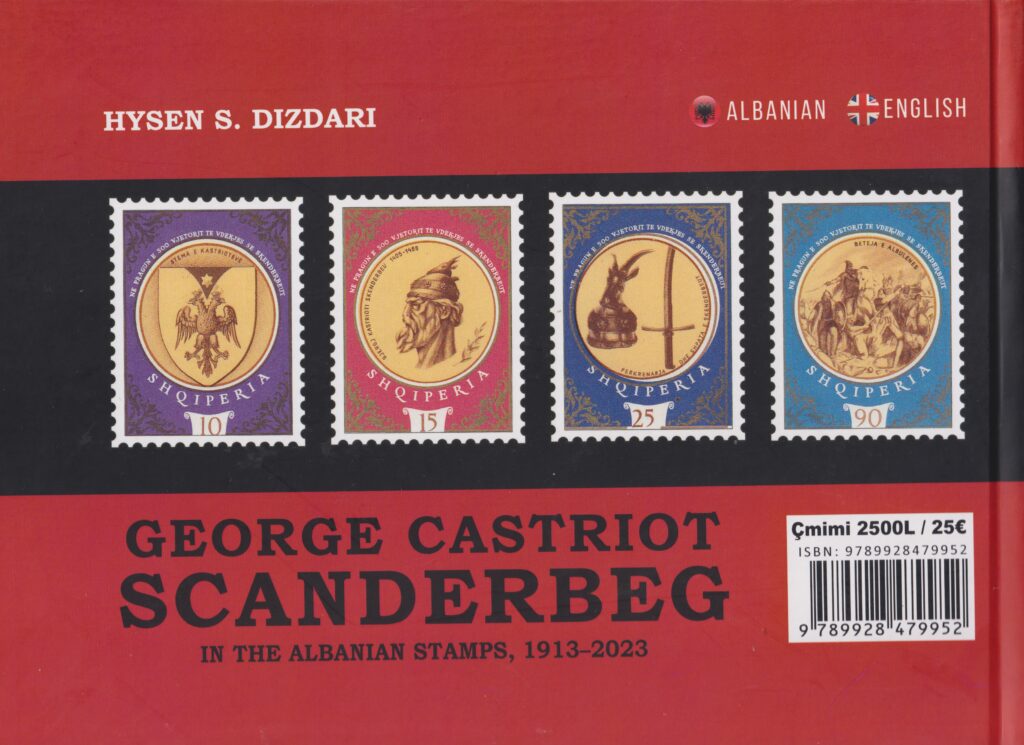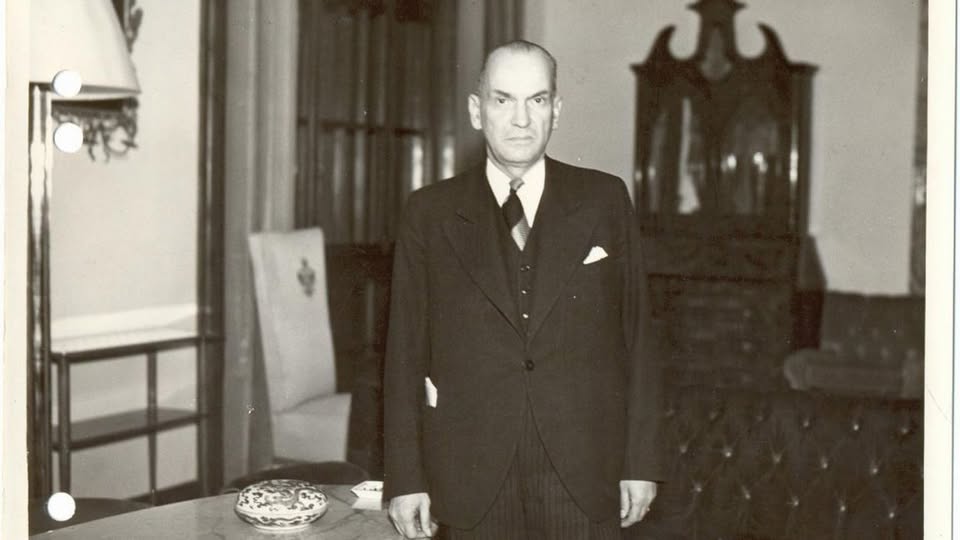
Nga Arian Galdini/
Dhe vjen sërisht ky çast ku pushteti pushon së qenuri retorikë dhe bëhet karakter. Ai çast vjen kur kontrolli prek majën, kur ligji kërkon të flasë me zë të vet, dhe qeverisja gjendet përballë tundimit të vjetër, ta kthejë procesin në klimë, ta kthejë procedurën në trofe, ta kthejë institucionin në mburojë.
Këto ditë, ky çast është bërë edhe kalendar. Nga njoftimet zyrtare rezulton se Gjykata Kushtetuese ka pranuar kërkesën e Kryeministrit për zgjidhje konflikti kompetencash lidhur me masën “pezullim nga ushtrimi i detyrës” ndaj një anëtareje të Këshillit të Ministrave, duke e vendosur çështjen në shqyrtim në themel.
Pas kësaj, me një vendimmarrje të mëhershne, janë pezulluar efektet e vendimeve përkatëse të GJKKO-së dhe është caktuar seancë publike plenare më 22 janar 2026, ora 10:00.
Në të njëjtën kohë, sipas raportimeve publike, SPAK i është drejtuar Kuvendit për autorizim për arrestim/heqje lirie, në kuadër të hetimeve ndaj së njëjtës zyrtare.
Këtu fillon keqkuptimi që ushqehet si bukë e zhurmës, dy shina juridike trajtohen si një duel personal.
Në të vërtetë, shinat kanë logjikë të ndryshme.
Shina kushtetuese flet për kompetencë, kufij, raport pushtetesh, dhe për standardin se ku mbaron ndërhyrja mbi funksionin publik.
Shina penale flet për dyshim të arsyeshëm, rrezik procesual, proporcionalitet të masës, integritet të provave.
Kur këto dy shina shkrihen në një nerv të vetëm politik, shteti humbet kthjelltësinë, ndërsa pushteti fiton terren të rrezikshëm, terrenin ku “procedura” shitet si “shpëtim”.
Në këtë çast, një fjali mjafton për ta mbajtur shtetin në këmbë.
Ligji është vijë e përbashkët.
Radha vjen edhe për majën.
Masa e përkohshme e Gjykatës Kushtetuese nuk mban brenda saj as pafajësi, as fajësi. Ajo mban vetëm frymëmarrjen e procedurës, derisa gjykimi në themel të vendosë.
Në çastin kur kjo frymëmarrje shndërrohet në slogan “normaliteti u kthye”, lind një deformim i hollë, më i rrezikshëm se çdo fjalim, përkohshmëria fillon të lexohet si amnisti morale.
Kjo është pika ku pushteti zbulohet.
Sepse një qeverisje e bindur ndaj kufijve e ndjen masën e përkohshme si hapësirë gjykimi, jo si çelës rikthimi.
Ndërsa një qeverisje e mësuar me përjashtime e sheh si mundësi komunikimi, një vendim i përkohshëm kthehet në perde, prapa së cilës dyshimi penal trajtohet si bezdi e menaxhueshme.
Në këtë logjikë, një kryeministër që e vendos veten në qendër të klimës dhe e lexon hetimin si “sulm ndaj qeverisjes”, krijon një mesazh të rrezikshëm, drejtësia pranohet sa kohë prek periferinë, ndërsa sapo prek qendrën shpallet politike.
Në raportimet publike, reagimi i Kryeministrit ndaj kërkesës së SPAK për autorizim u vendos pikërisht në këtë regjistër, duke e trajtuar kërkesën si “fakt të turpshëm” dhe duke e lidhur me narrativën e “arresteve pa gjyq”. 
Këtu nuk lexohet thjesht një qëndrim. Lexohet një model.
Masa sigurimi dhe rreziku procesual janë alfabeti i shtetit serioz.
Masat e sigurimit nuk janë dënim.
Ato janë instrumente që mbrojnë procesin, prova, dëshmitarë, mosndikim, mosprishje, mosikje, proporcionalitet.
Kjo logjikë është e ftohtë, e njohur, dhe pikërisht për këtë arsye është e civilizuar.
Kur SPAK kërkon autorizim për masa më të rënda, në thelb artikulohet një tezë, rreziku procesual shihet i pranishëm, ose kushtet e hetimit kërkojnë garanci më të forta. 
Kur kjo tezë përkthehet në “inat”, shteti ftohet nga brenda.
Sepse një shoqëri që e etiketon kontrollin si turp, e bën pandëshkueshmërinë të duket stabilitet.
Dhe stabiliteti i pandëshkueshmërisë është vetëm një emër i bukur për një rrëzim të ngadaltë.
Balluku vjen si rast, dhe morali i parasë publike si provë…
Një zyrtar i lartë në hetim nuk është thjesht individ në proces.
Ai funksionon si provë e moralit të administrimit.
Në raportimet publike, kërkesa e SPAK lidhet me dyshime mbi procedura prokurimi dhe shkelje të barazisë në tendera, me pretendime për paracaktim fituesish. 
Në një shtet që e merr seriozisht veten, një hetim i tillë nuk lexohet si “teknikalitet”.
Lexohet si radiografi e qeverisjes, a trajtohet kontrata publike si përgjegjësi e kontrollueshme, apo si privilegj që shpërndahet brenda rrethit.
Kjo është arsyeja pse barra publike është më e lartë se minimumi penal.
Prezumimi i pafajësisë mban vendin e vet si kufi civilizimi.
Ndërsa etika e postit të lartë mban një tjetër vend, distancën e matur, llogaridhënien, refuzimin për ta përdorur zyrën si strehë personale.
Në vende ku ky test është kaluar prej kohësh, largimi vullnetar nga funksioni ka ardhur shpesh para fjalës së gjykatës, jo si pranim faji, por si respekt ndaj institucionit që mbartet mbi shpinë.
Kjo kulturë e bën shtetin të qetë, sepse e mban qeverisjen larg tundimit për ta kthyer veten në objekt adhurimi.
Kuvendi tashmë bëhet vendi ku shteti bie ose ngrihet pa bujë.
Autorizimi parlamentar nuk është medalje partie.
Është filtër kushtetues.
Dhe pikërisht sepse është filtër, ai shfaqet si pasqyrë karakteri.
Në çastin kur shumica e sheh veten si repart mbrojtjeje për rrezikun penal të ministrave të vet, republika pushon së qenuri rend dhe fillon të ngjajë me pasuri të shumicës.
Kjo është kapje e shtetit jo si slogan, por si sjellje, një votë që nuk pyet më çfarë kërkon ligji, por kë mbron numri.
Kjo sjellje është më e rrezikshme se çdo konflikt i hapur, sepse jeton gjatë dhe pa zhurmë.
Në këtë vend, refleksi ka qenë i njohur, ligji duartrokitet kur prek kundërshtarin, anatemohet kur prek tanët.
Për sa kohë ky refleks mbetet normë, çdo pushtet gjen alibinë e vet të artë: “s’po më gjykon ligji, po më sulmon pala”.
Dhe kur kjo fjali pranohet nga turma, shteti bëhet dekor, ndërsa zakoni bëhet sundim.
Kjo është arsyeja pse mbështetja e SPAK-ut nuk ka nevojë për himne.
Ka nevojë për një gjë më të vështirë, mos-helmim të procedurës, respekt të filtrave, durim të radhës.
Drejtësia nuk kërkon adhurim. As frikë. Kërkon hapësirë.
Nëse hapësira kthehet në skenë, pushteti fiton një ditë dhe shteti humbet një brez.
Nëse hapësira ruhet si kufi, drejtësia del normale.
Dhe normaliteti, në një vend të lodhur nga përjashtimet, është revolucioni i vetëm realist.
Ligji, në fund, nuk është armë për kundërshtarin dhe strehë për veten.
Ligji është vijë e përbashkët, ku radha vjen edhe për majën.










